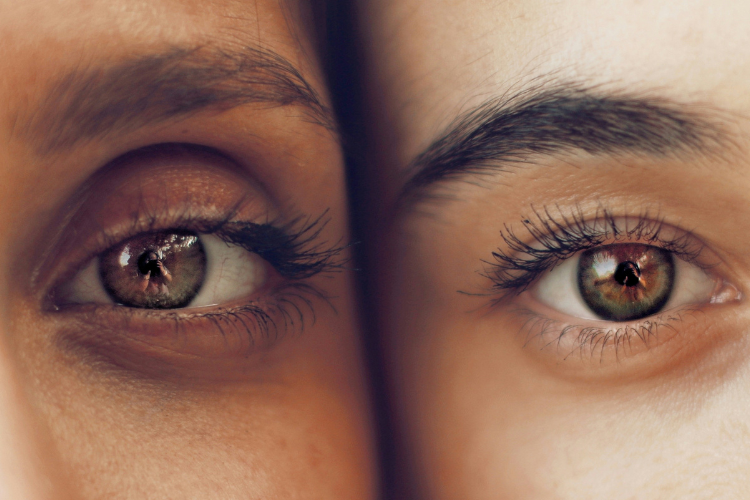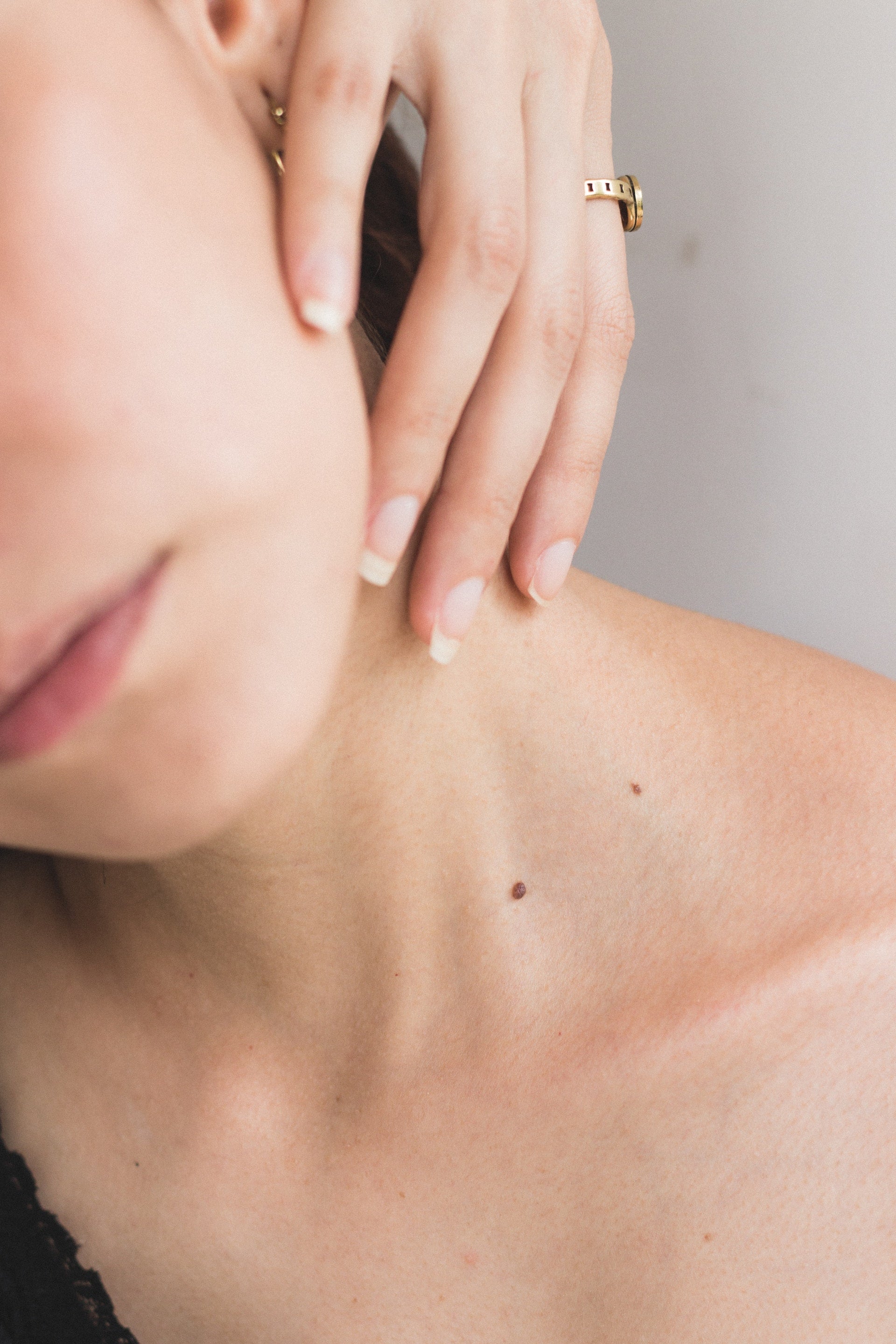In today's digital age, dry eyes have emerged as a leading cause of ocular discomfort, affecting a significant portion of the population.
Factors such as prolonged screen time, environmental conditions, and aging contribute to this widespread issue, leading to symptoms like irritation, redness, and blurred vision. Recognising the growing need for effective solutions for dry eye syndrome treatment like Envision, InMode is dedicated to exploring innovative, non-surgical treatments for dry eyes, particularly our advanced radiofrequency (RF) technology.
Partnered with the right optometrist and ophthalmologist clinics, InMode offers a cutting-edge approach to rejuvenating the meibomian glands and restoring healthy tear film balance. Here, we'll delve into the specifics of RF eye treatment, covering topics such as the nature and benefits of the procedure, how it works, and what patients can expect during and after treatment.
What Can Cause Dry Eyes?
Dry eyes, a common and often chronic condition, can result from a variety of factors. These factors can disrupt the healthy balance of tear production and drainage, leading to symptoms such as irritation, redness, a gritty sensation, and blurred vision. Key causes of dry eyes include:
Age
Dry eyes are more prevalent as people age, particularly among those older than 50, due to decreased tear production.
Gender
Women are more likely to experience dry eyes due to hormonal changes caused by pregnancy, the use of oral contraceptives, and menopause.
Environmental Conditions
Exposure to smoke, dry air, and wind can increase tear evaporation. Prolonged periods in air-conditioned or heated environments can also contribute to dry eyes.
Screen Time
Extended use of computers, smartphones, and other digital devices leads to reduced blinking rates, which can exacerbate eye dryness.
Contact Lens Use
Long-term use of contact lenses can increase the risk of dry eyes.
Medications
Certain medications, including antihistamines, decongestants, blood pressure medications, and antidepressants, can reduce tear production.
Medical Conditions
Diseases such as rheumatoid arthritis, diabetes, thyroid disorders, and Sjögren's syndrome can lead to symptoms of dry eyes.
Eyelid Problems
Issues with the eyelids, such as incomplete closure during blinking or sleep, can contribute to dry eyes by affecting tear distribution and evaporation.
Diet
A diet low in omega-3 fatty acids can contribute to dry eyes. These fatty acids are crucial for maintaining eye health.
Refractive Eye Surgeries
Procedures like LASIK can decrease tear production and contribute to dry eye symptoms.
Understanding these factors is crucial for addressing dry eye syndrome effectively. Treatment strategies may involve addressing the underlying cause, improving tear quality, increasing tear production, or conserving tears to maintain eye moisture.
Treat the Cause of Dry Eyes Without Surgery
Looking for dry eye treatment that's not invasive?
Envision represents a revolutionary step forward in ocular care, setting a new in-office standard for the treatment of Meibomian Gland Dysfunction (MGD) and Dry Eye Disease (DED) symptoms. Our innovative, non-surgical ophthalmic device is changing the landscape of eye care by utilising a suite of programmable modalities that work together to provide precise RF treatment for eyes.
According to recent studies, “This pilot study … supports the conclusion that the Forma-I treatment was efficacious in treating dry eye symptoms. Patients believed the treatment significantly improved from their baseline and reported high satisfaction.” - The Ophthalmology Journal
The Envision system incorporates small-size, bipolar radiofrequency (RF) and Intense Pulsed Light (IPL) applicators designed with precise depth control. This allows for targeted treatments in the small, sensitive subdermal layers of the periorbital region, addressing the root causes of dry eyes and MGD with unmatched precision.
The use of these technologies ensures that procedures are not only highly impactful but also tailored to meet the specific needs of each patient.
Forma is an RF technology designed to deliver precise, controlled heating to the meibomian glands to improve gland function and tear film stability.
Lumecca utilises IPL technology to target and treat the small, delicate areas around the eyes, providing relief from dry eye symptoms and improving overall ocular health.
The use of these technologies ensures that procedures are not only highly impactful but also tailored to meet the specific needs of each patient.
The inclusion of Morpheus8 Prime technology within the Envision platform brings an additional layer of innovation to the treatment of ocular conditions. This fractional radio-frequency microneedling technology is specifically designed for the periorbital region, allowing for the effective tightening of droopy eyelids—a common concern among patients seeking ocular care.
InMode's commitment to advancing ocular care extends beyond the development of cutting-edge technologies like Envision. By partnering with optometrist and ophthalmologist clinics worldwide, InMode ensures that these advanced RF dry eye treatments are accessible to patients suffering from the discomfort and vision impairment associated with dry eyes and MGD. These partnerships are vital in bringing this non-surgical solution to the forefront of ocular health, offering patients a new avenue for relief without the need for invasive procedures.
Frequently Asked Questions
Does InMode Offer These Treatments?
No, InMode does not offer treatments. However, you can find specialised optometrist and ophthalmologist clinics that use InMode’s revolutionary technologies. These clinics utilise InMode's advanced RF technology to provide a non-invasive solution for dry eyes, aiming to improve gland function and eye comfort.
How Long Does the Treatment Take?
The duration of the RF eye treatment can vary depending on the specific protocol of the clinic and the severity of the patient's condition. Typically, a treatment session lasts between 10 to 20 minutes. Some patients may require multiple sessions to achieve optimal results, which will be determined by the healthcare professional based on individual needs.
Does the Treatment Hurt?
RF dry eye treatment is designed to be non-invasive and is generally well tolerated by patients. Most people report feeling a gentle warmth or tingling sensation during the procedure, but it is not considered painful. The technology is designed to ensure patient comfort while effectively treating the meibomian glands.
Do Treatments Last?
The longevity of the treatment's effects can vary. Many patients experience significant improvement in dry eye symptoms that can last for several months. However, the condition of the eyes can change over time, and some patients may require follow-up treatments to maintain the benefits. The treating professional can provide guidance on the expected duration of the treatment effects and any recommended maintenance sessions.
How Should I Prepare for My Treatment?
Preparation for RF dry eye treatment is relatively simple. It is generally recommended to arrive at the clinic with clean, makeup-free eyes and no contact lenses. The treating professional may provide additional specific instructions based on the patient's condition or the clinic's protocols. It's always best to follow the clinic's guidance to ensure the best possible treatment outcome.
Find a Provider for Your Dry Eye Treatment
If you're considering RF dry eye treatment, finding a qualified provider is crucial. InMode partners with a network of licensed optometrist and ophthalmologist clinics equipped with the latest RF technology. To find a provider near you, visit InMode's official website or contact their customer service for assistance. They can help you locate a clinic that offers the specialised RF eye treatment, ensuring you receive the best care possible for your condition.
To learn more, feel free to check our resource centre or get in touch with us today.







Leave a comment
All comments are moderated before being published.
This site is protected by hCaptcha and the hCaptcha Privacy Policy and Terms of Service apply.